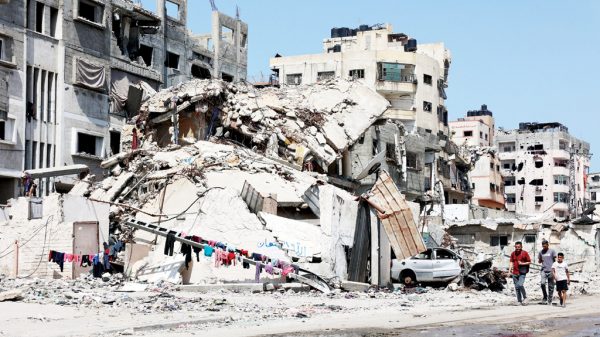Govt must build capacity to fight erosion

AN INCREASED level of erosion in coastal towns, forests and islands is an issue of grave concern. When such erosion is a direct impact of climate change, Bangladesh, ranked among the world’s most vulnerable countries to climate change impact, appears to have largely failed to take and implement projects on the mitigation of the impact. Erosion in coastal regions is caused by, among others, a rise in the sea level and an increased wave action and cyclonic impact. What is further worrying is that the natural way of compensating erosion by accretion has also changed over the decades as coastal erosion overtook accretion. Studies show that continued erosion over the years has shrunk a large part of the Kuakata beach while the coasts of Barguna and Teknaf, St Martin’s, Sandwip and Hatiya have also lost significant landmass. A large part of the Kuakata beach has disappeared and left the town at imminent erosion risk, with a few Rakhine villages outside the town protection embankment having already disappeared. Moreover, about 2,000 acres of forest land at Kolapara, near Kuakata, have been lost to the sea since the 1960s.
Studies also show that the coastline is moving towards the land. A research shows that 14 kilometres of the 24-kilometre Kuakata beach have continued eroding since 1978 with chances of the shoreline moving 48 metres towards the mainland by 2024 while nearly 5 square kilometres have been lost to the sea against the accretion of 3.7 square kilometres in 42 years until 2020. The Water Development Board estimates that the Kuakata shoreline moved 350 metres towards the land over the last decade while another study published in the Switzerland-based Frontiers in Marine Science estimates that the shoreline retreated 0.32 square kilometres every year between 1989 and 2020. The Institute of Water Modelling also confirms that the sea surface along Kuakata has risen six millimetres a year over the last five decades and recommends constructing enough groynes to protect the Kuakata town. But the recommendation has gone unheeded. The state of the islands is also precarious. Sandwip, which spanned more than 440 square kilometres in 1776, has now been reduced to 194 square kilometres and Hatiya, which spanned 487 square kilometres in 1840, to 330 square kilometres in 2018, as a study by the Centre for Environmental and Geographic Information Services says. The growing level of river erosion that threatens many areas has also been little heeded.
While Bangladesh has all along been on the receiving end of climate change, the impact could intensify. The government must, therefore, invest more in climate change research and build national capacity to fight climate change impacts. The government must assess the situation of the areas at risk of erosion and review its erosion management strategy. It is warranted that the authorities should properly construct and maintain embankments and groynes to prevent erosion.


























Leave a Reply